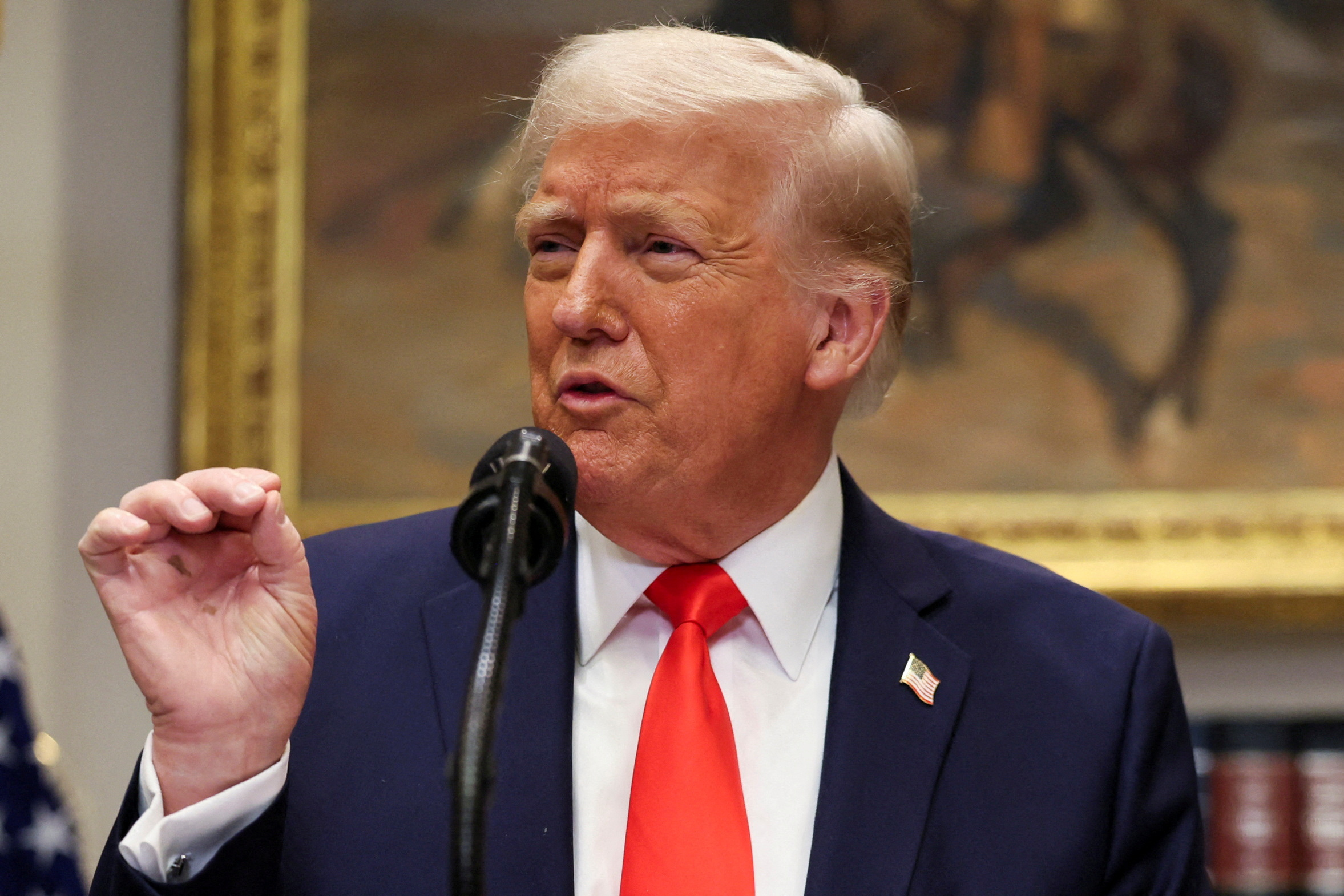In a political earthquake few saw coming, the United States Senate has finally voted to end the longest government shutdown in American history — a staggering 40 days that brought the world’s largest economy to its knees.
Late Sunday night, senators from both parties barely scraped together the 60 votes needed to move the bipartisan funding bill forward — a razor-thin margin that showcased the deep fractures still dividing Washington. The agreement, described by insiders as “a miracle born out of exhaustion”, could reopen federal agencies and restore paychecks to more than 2 million federal employees — but not before igniting fresh political fireworks in the House of Representatives.

A Deal Born of Desperation — and Political Theater
The bill was crafted behind closed doors by an unlikely trio: Democratic Senators Maggie Hassan and Jeanne Shaheen of New Hampshire, alongside Independent Angus King of Maine. Their proposal reauthorizes funding through January 30, 2026, temporarily ending the paralysis that has crippled public services, airports, and research programs across the nation.
The deal also delivers a subtle blow to presidential authority — temporarily limiting the president’s power to fire federal employees — a clause that some analysts call “the most underreported political landmine in years.”
Even as the chamber erupted in cautious applause, one vote stood out: Senate Minority Leader Chuck Schumer voted against the deal, signaling that Democrats remain deeply split over the price of compromise.
Republicans Blink First — But at What Cost?
In exchange for restoring government operations, Republicans agreed to a December vote on extending Obamacare subsidies — a key Democratic demand that could reshape the 2026 election battlefield.
“This agreement ensures that all federal employees, including members of our military, TSA screeners, and air-traffic controllers, will receive their back wages,” said Senator Susan Collins (R-Maine), who chaired the last-minute negotiations.
Still, critics warn the bill is merely a Band-Aid on a bullet wound. With another funding deadline looming early next year, economists fear the “relief rally” could fade quickly if political gridlock resumes.

The Fallout: Washington on Edge
The shutdown’s toll has been devastating:
-
Over 800,000 federal employees furloughed or working without pay.
-
Air travel chaos, with grounded flights and long TSA delays.
-
National parks shuttered, food inspections halted, and federal courts on the brink of closure.
Economists estimate the shutdown has already cost the U.S. economy over $24 billion, while public confidence in Congress has plunged to historic lows.
5 Key Takeaways From the Senate Bill
-
Federal funding extended through January 30, 2026.
-
Guaranteed back pay for all affected federal workers.
-
Reinstatement of laid-off employees, with layoffs banned until January 30.
-
Full funding for SNAP (food stamps) through September 2026.
-
Temporary resolution only — meaning another shutdown threat looms in early 2026.

Analysts Warn: “The Real Battle Is Still Ahead”
Political strategist Dana O’Neill called the vote “a temporary truce in a much larger war”. “This isn’t unity,” she said. “It’s survival. Both parties are trying to avoid blame — but no one has fixed the system that caused this collapse.”
Others see it as the opening act of a 2026 political showdown that could define both Congress and the presidency. With the House still needing to approve the bill — and President Trump’s signature uncertain — the drama is far from over.
As one exhausted senator muttered leaving the chamber:
“We didn’t end the crisis. We just hit pause on the chaos.”
🔥 America breathes — but the countdown to the next shutdown has already begun.





